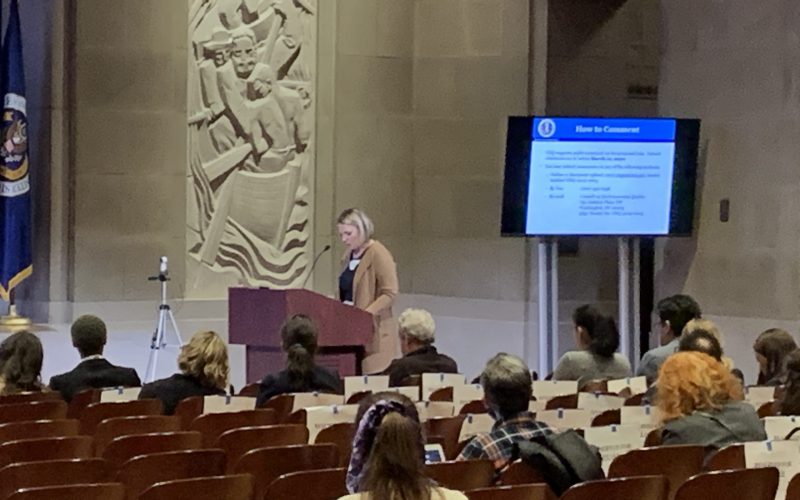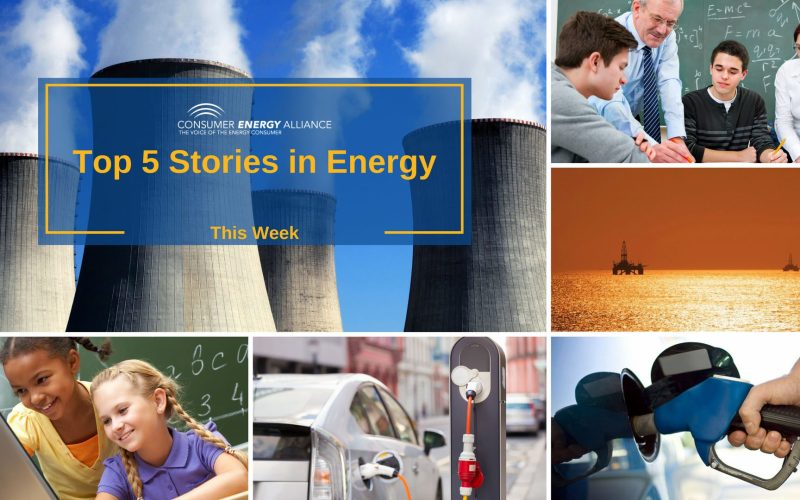THE VOICE FOR THE ENERGY CONSUMER

Continued outrage from extreme anti-energy activists causes unsafe delay at the cost of taxpayers. The Line 5 project was deemed constitutional, and voters support the project; however, the loud rhetoric.

Statement before the 2020 Council on Environmental Quality February 25, 2020 U.S. Environmental Protection Agency RE: Docket No. CEQ-2019-0003 RE: Executive Order 13807 Thank you for the opportunity to speak.

HOUSTON – Consumer Energy Alliance, the leading voice for sensible energy policies for families and businesses, applauds Arizona Gov. Doug Ducey for signing Arizona Bill 2686, which protects the right.

It’s National Pancake Day and Americans around the country are set to indulge at local diners in a plate of flapjacks. Each year, IHOP commemorates the holiday in style by.

The fifth annual Pipeline Leadership Conference is a two day event in Houston, Texas. This year’s event focused on ‘Building Your Advantage.’ Consumer Energy Alliance’s Brydon Ross participated in a.

Regular news this week brought us a lot of joy: Burger King has rerouted its marketing to show off their new recipe, the Democratic debates could easily pass for a.

TRENTON, NJ – Consumer Energy Alliance (CEA) today joined civic, labor, energy and business groups to launch Affordable Energy for New Jersey, a group working to ensure New Jersey residents.

As CEA President David Holt reported, global emissions have reduced, and America is leading the way. The IEA report boasts that increased use in natural gas has, in fact, contributed.

This week we learned that aliens may be trying to contact us, Wheel of Fortune had a heck of a Freudian slip in a puzzle and Hopper threw us for.